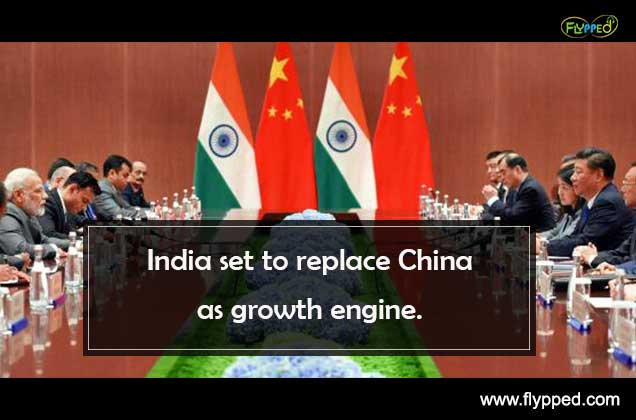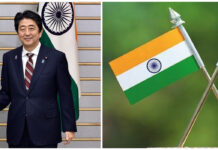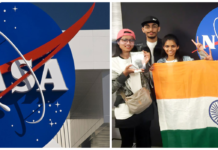India is poised to emerge as an economic superpower, driven in part by its young population, while China and the Asian Tigers age rapidly, according to Ac Nielsen’s report. The number of people aged 65 and over in Asia will climb from 365 million today to more than a half a billion in 2027, accounting for 60% of that age group globally by 2030, Deloitte said in a report on last month.
In contrast, India will drive the third great wave of Asia’s growth-following Japan & China with a potential workforce set to climb from 885 million to 1.08 billion people in the next 20 years and hold above that for half a century. India’s story is full of promises. The current median age of the country is 27.3 year, one of the lowest in Asia. These new age workers will be better trained and skilled for the future; besides a large chunk of the workforce will be women, and the 3ps of population, participation, productivity- are all set to surge in India.
Though our country needs the right institutional set up to promote and sustain its growth. Otherwise, its rising population could cause increasing unemployment and consequent social unrest- the phenomenon often observed in African countries. There are various points of concern which also unlocked hidden opportunities. The most prominent one is in equality. In its Global Risks report 2016, the world economic forum identified inequality as a significant risk to global growth in this decade.
An efficient and equal delivery of government policies and services is important for inclusive growth. Both countries, in the course of history, have feared foreign domination, have considered the state as the driver of growth and have suspected the private sectors initiatives. For India, the problems were achieving unity in diversity and accommodating various languages and religions in a democratic setup.
On the contrary, China’s hard state enabled it to pursue a single goal with determination and mobilize maximum resources to achieve its goals. Indian policy underwent directional changes in 1991. Prime minister Narashima Rao ushered in reforms which were implemented well by his finance minister Manmohan Singh, who then become the second –longest serving Prime minister of India. Indian economic growth accelerated during the period 1995-2008, but could not maintain the momentum due to political paralysis of policies that were necessary for economic growth. India has an excellent chance of catching up with China if it can increase its labour force participation rate, increase the average level of education, and increase the quality of its labour force through special training programs. The problem in India has always been implementation. In a noisy political democracy, problems are compounded by the existence of multiple political parties with no coherent approach to development.
Prime Minister Modi, with his majority in parliament, has an opportunity to reignite the engines of economic growth. But right now it’s too early to predict that if India can catch up with China in the next 25 years unless of course there is a massive failure of sorts of China.






















